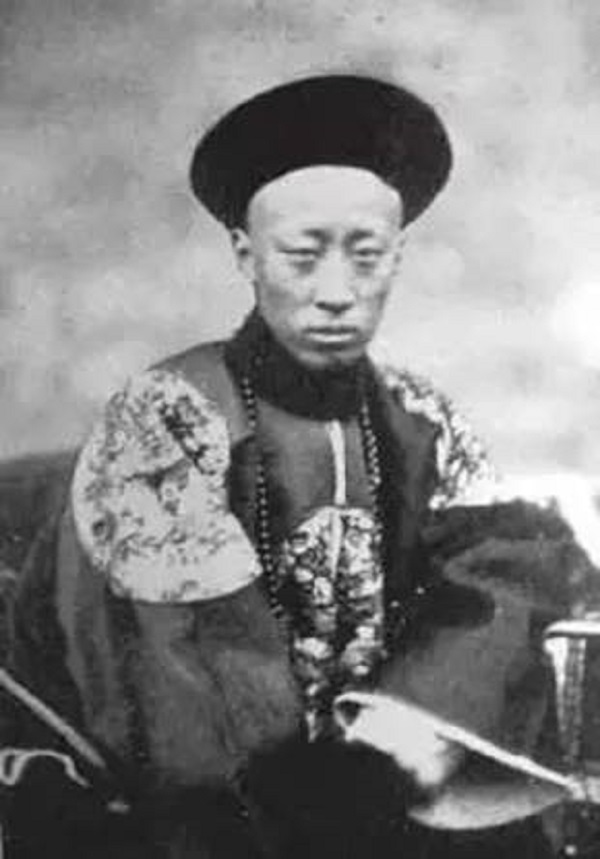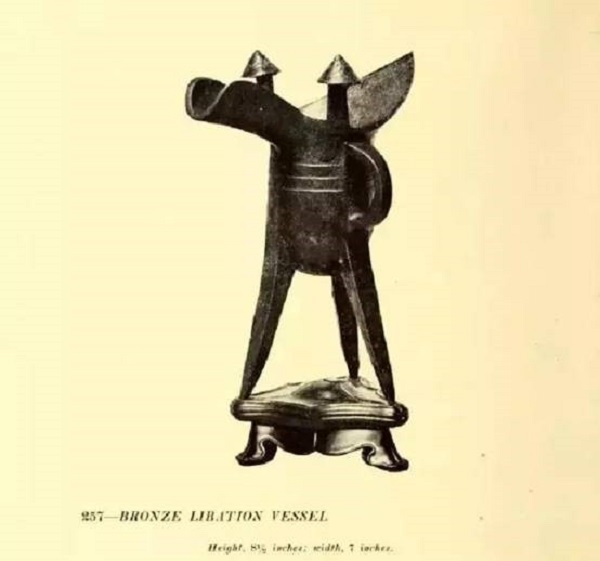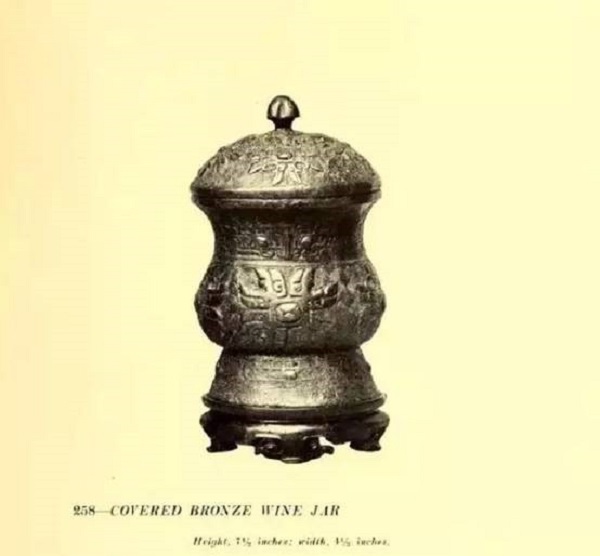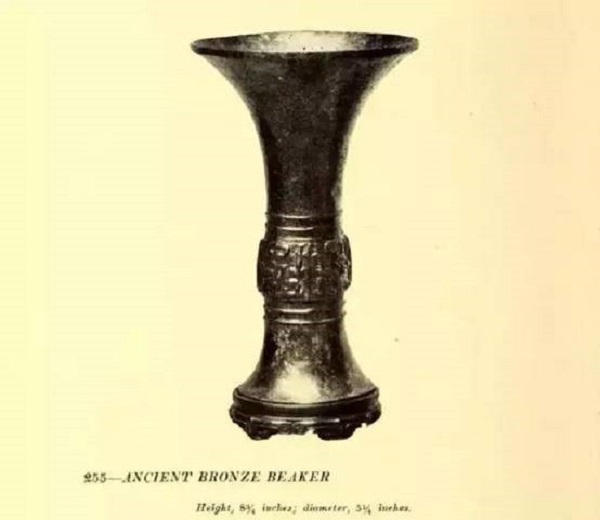
Prince Kung's Palace, located in Beijing, was built in the late Emperor Qianlong reign (r. 1736-1795) by powerful Qing Dynasty (1644-1911) minister Heshen (1750-1799) on the order of Qianlong. It was the residence of the emperor's 10th princess and his husband Fengshen Yinde, who was Heshen's son.
On Feb 7, 1799, the third day after the death of Qianlong, Heshen was convicted of 20 major crimes. On Feb 20, Emperor Jiaqing (r. 1796-1820) deprived Heshen of his property and on Feb 22 ordered him to commit suicide.
In 1799, Jiaqing gave this mansion to his younger brother Yonglin, Prince Qing of the Second Rank. In 1825, Yonglin died, leaving the house to his family.
In 1850, Emperor Daoguang (r. 1821-1850) gave the mansion to his sixth son Yixin, who was known as Prince Kung. On April 22, 1851, Yixin moved into this mansion, which is called Prince Kung's Palace to this day.
Yixin, the sixth son of Emperor Daoguang, lived over four dynasties and witnessed the unprecedented changes of the Qing Dynasty. He was a member of the Aisin Gioro clan and a pioneer in launching reforms during the late Qing Dynasty.
Familiar with history since childhood, Yixin had a deep foundation of Han literature. Living in the imperial palace, he took in the works of famous calligraphers and painters of previous dynasties as well as antiques of various periods. Over time, Yixin gradually became a prince with outstanding talents.

Yixin, Prince Kung in the reign of Emperor Xianfeng (r. 1851-1861)
There are many cultural relics, antiques, calligraphy works and paintings in Prince Kung's Palace. According to the records of the Imperial Workshop in the imperial palace, a lot of work was done for Prince Kung, such as making stands for all kinds of cultural relics and utensils, mounting calligraphy and painting during the Emperor Tongzhi reign (r. 1862-1874).
In 1894, Yixin died of illness. His grandson Puwei became Prince Kung and continued to live in the mansion. Later, the Qing Dynasty was overthrown. Puwei allied all forces at the time and sought to restore the Qing Dynasty. In order to finance his ambition, he sold all the precious cultural collections in the mansion, except for the calligraphy and paintings, to Yamanaka Sadajiro, a Japanese antique dealer.
This is a historical record of Prince Kung's Palace: "Prince Kung's Palace is a vast palace located in the northwest of the imperial palace. It was not until 1912 that buyers of the art collection were admitted to the palace after cumbersome procedures. There are countless treasures in the mansion. At the back of the courtyard is a large study, where in addition to the rich collection of books on the left and right sides, bronze wares and jade are displayed."
Yamanaka bought all the bronzes, ceramics, jades, ancient clocks and other collections of Prince Kung's Palace except for calligraphy and paintings. This laid a solid foundation for Yamanaka & Co. to become the world's largest dealer of Chinese antiques and cultural relics.
The cultural relics were transported to Japan for sorting and divided into three parts: one was shipped to the United States for auction, another was sent to the United Kingdom for auction, and the last one was left in the antique stores of Yamanaka & Co. in Japan and the United States for retail sale.
At 2:30 pm on Feb 27, 1913, 536 of the ancient collections of Prince Kung's Palace were put up for auction in New York with sponsorship of the American Art Association.
Here are some pictures of Prince Kung's Palace bronze wares auctioned at the New York auction.


